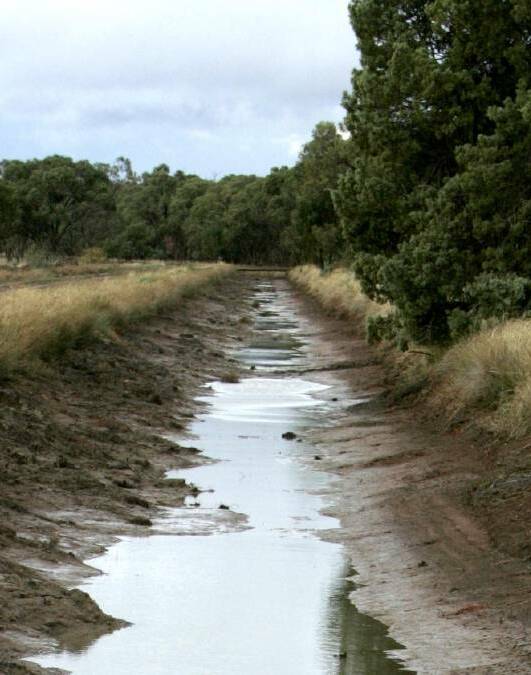People of Griffith, the MIA and water users all over the Southern Basin area were left shaking their heads earlier this week.
Subscribe now for unlimited access.
or signup to continue reading
The long-time battle between irrigators and the big wigs of the Murray Darling Basin Authority took another turn, when the MDBA’s lack of local knowledge was exposed for all to see. Recent comments by the chairman of the MDBA’s disconnect with farmers on the frontline came in a media release from Murrumbidgee Irrigation (MI).

The release, designed to promote MI’s positive work with the MDBA during a recent tour of local farms, unhinged any confidence growers had in the organisation. It was noted chairman Neil Andrew said he, “wasn’t expecting to see such diversity in crops being grown, or so many new types of irrigation being used”.
It’s a slap in the face for Griffith’s growers, who rely on the MDBA’s knowledge of the region to make important decisions regarding its water and its ultimate use. To MI’s credit, it said it was hopeful it had opened the eyes of the MDBA to the importance of water to the region. Too little too late if you ask our growers.
So who can irrigators rely on to use local knowledge and intricate research to lead the way when it comes to basin water use? The Federal Opposition made it clear this week it certainly isn’t the alternative the MIA needs.
Opposition Water Minister Tony Burke suggested last week the federal government should ensure an additional 450 gigalitres of water can be recovered. This comes after Agriculture and Water Minister Barnaby Joyce said the first 450GL promised to South Australia could not be achieved with the $1.7 billion allocated.
With neither side having the answers, surely the MDBA can learn from its past mistakes, and reassure irrigators throughout the Murray-Darling Basin of a prosperous future industry. But if the state of the Menindee Lakes in the state's west is anything to go by, we shouldn’t hold our breath.
Helen Dalton and Debbie Buller made some powerful points in their return to the Area News opinion pages this week. They mentioned the heated discussions surrounding the draining of the Menindee Lakes and the Lower Darling in 2013/14.
The result was a lack of positive community or environmental outcomes. Yet, after natural flooding in 2016, upwards of 35GL of water is being released by the MDBA downstream to an already drenched SA system.
So who is there left to turn to?

